I am a fan of square format images. The square format can certainly present compositional challenges, but it has some benefits – since the sides of the image are of equal length, the choice of portrait or landscape orientation no longer exists, which to me simplifies matters. Compared to rectangular image formats, the square format also fits better in (and therefore makes more efficient use of) the image circle of lenses. But ultimately, my fondness for this format is not based on logic, physics or optics – I just like it! And seeing the outstanding work of photographers (for example, Michael Kenna) who shoot predominantly or exclusively in this format only feeds my enthusiasm for it.
My introduction to square format photography
After shooting 35mm digital and then film cameras for some time, I felt the urge to try medium format, having read about the advantages of larger negatives, shallower depths of field at any given aperture etc. I managed to satisfy two desires (trying medium format and using a twin-lens reflex camera) with my first 6×6 camera, a Yashica-Mat. The detail and 3-dimensional quality that I saw in the images from the first roll was a revelation, and I also discovered my love of square images (and of 6×6 twin-lens reflex cameras, but I digress!).
How I got my Zeiss Ikon Taxona
Being aware of square format only in the context of medium format cameras, I was intrigued by a recent thread in a photography forum in which 35mm square format cameras (such as the Zeiss Ikon Tenax II) were being discussed. Unfortunately, the Tenax II is relatively expensive, and not terribly common. Sensing my disappointment, one of the forum members from Germany suggested that I try the Zeiss Ikon Taxona, a simplified version of the Tenax. She very kindly offered to buy one for me in Germany and to send it to me, which she duly did a few days later.
A brief history of the Zeiss Ikon Taxona
In 1938, Zeiss Ikon introduced the Tenax II, a square format camera that used 35mm film and produced 24mm x 24mm negatives. The Tenax II was a beautifully made camera with a coupled rangefinder and interchangeable lenses. The following year, Zeiss Ikon launched the Tenax I, a much simpler version with a fixed lens and a folding viewfinder, and lacking the rangefinder. After the war, the East German Zeiss Ikon continued production of the Tenax, modifying its design in 1953 to include a fixed viewfinder and a revised chrome-tipped film advance lever; as the East German company lost the rights to use the West German Zeiss Ikon’s trade names, the camera was renamed ‘Taxona’. The film advance lever tip was made black in 1954, and the camera was produced until 1959.
Overview of the Taxona
The Zeiss Ikon Taxona is a scale focus 35mm square format 24mm x 24mm camera with a 37.5mm f3.5 Carl Zeiss Jena Tessar lens. Minimum focus distance is ~0.8m. Shutter speeds range from bulb to 1/300s, and are set using a lever at the bottom of the lens. A sturdy black-tipped plunger on the left side advances the film and cocks the shutter, while the shutter is fired by depressing a lever on the right side of the lens.
The camera is small (~110mm wide, ~70mm high and ~50mm deep) but feels solid and has a decent heft to it. On the right of the top plate, there is a frame counter that must be manually set upon loading film; a 36 exposure roll of film yields 50 square 24x24mm frames. Film rewinding is accomplished using a knob on the left. My camera lacked a film take-up spool, but a spool from any Zeiss camera of the post-war era will work (I pilfered one from my Contaflex, and it worked perfectly).
A walk in New York with the Taxona
My Taxona arrived, neatly packaged with a lovely handwritten note wishing me “good pictures”! The following Saturday morning, I loaded it with a roll of Kentmere 400 black-and-white film, and hit the streets of New York.
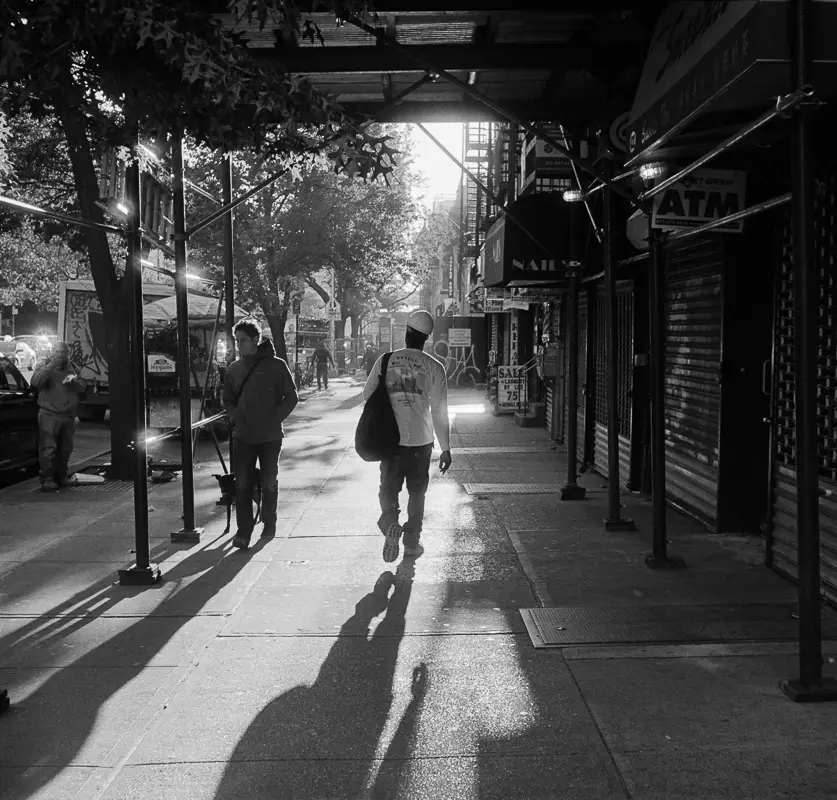
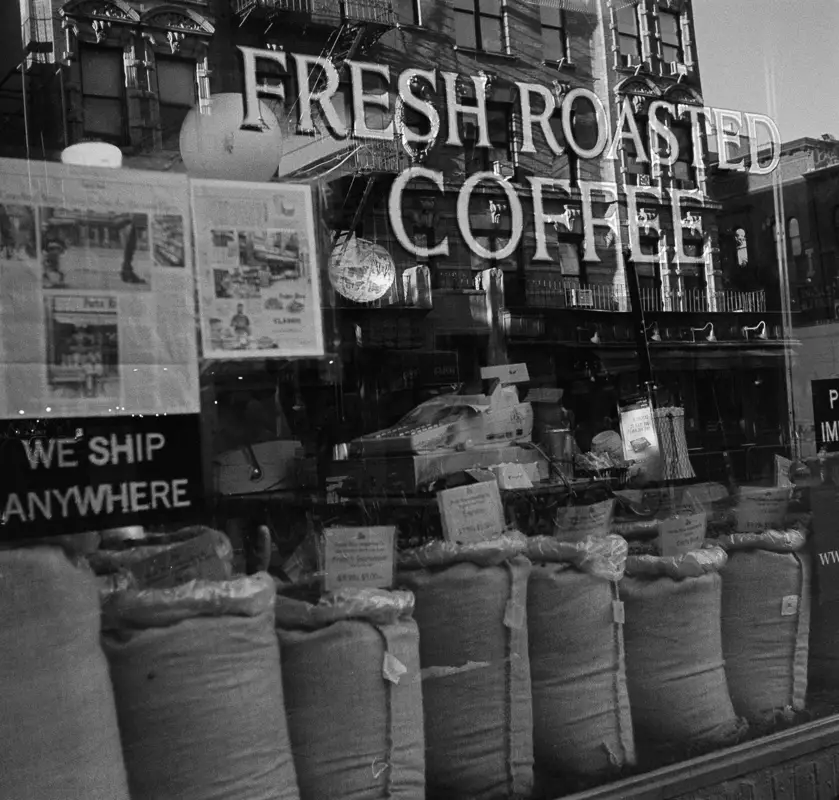
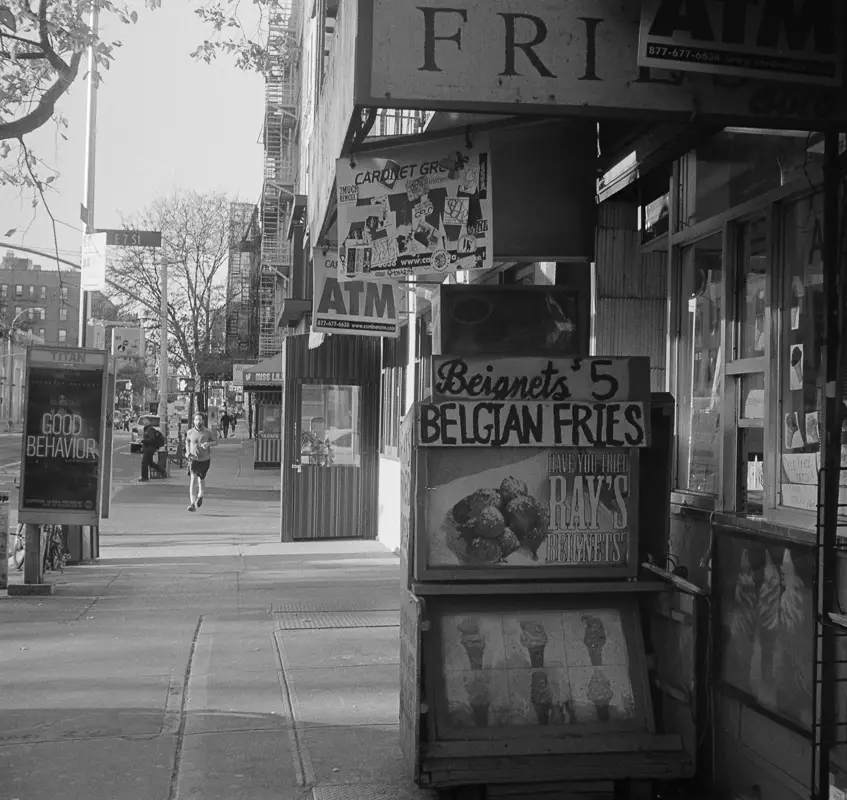
My impressions of the Taxona
I carried the camera in one hand and used either the Sunny-16 rule or a small light meter (Voigtlaender VCII) intermittently when I was unsure of my estimation. For most situations, I set the camera to focus at ~6m, which using an aperture of ~f6.3 gave a depth of field extending from ~3m to infinity. Taking a picture then boiled down to previsualization, estimating/metering the exposure, putting the viewfinder to the eye to confirm framing, and making the exposure; in many instances, I found that I could accomplish these steps very quickly. As a result, most people around me were unaware that I was photographing, which was no doubt also aided by the small size of the camera and the extremely quiet shutter.
After each exposure, the film is advanced by a satisfying depression of the film advance lever with the left index finger. I operated the shutter release lever with the middle finger of my right hand, while the index finger rested on top of the body – this allowed maximum stability of the camera, and I was able to shoot easily at 1/15s with no adverse impact on the image. This diminutive camera may be a little difficult to handle for people with very large hands, although I did not have an issue, as long as I wrapped my fingers around the body; with a little practice, I found the ergonomics and shooting experience to be very comfortable.
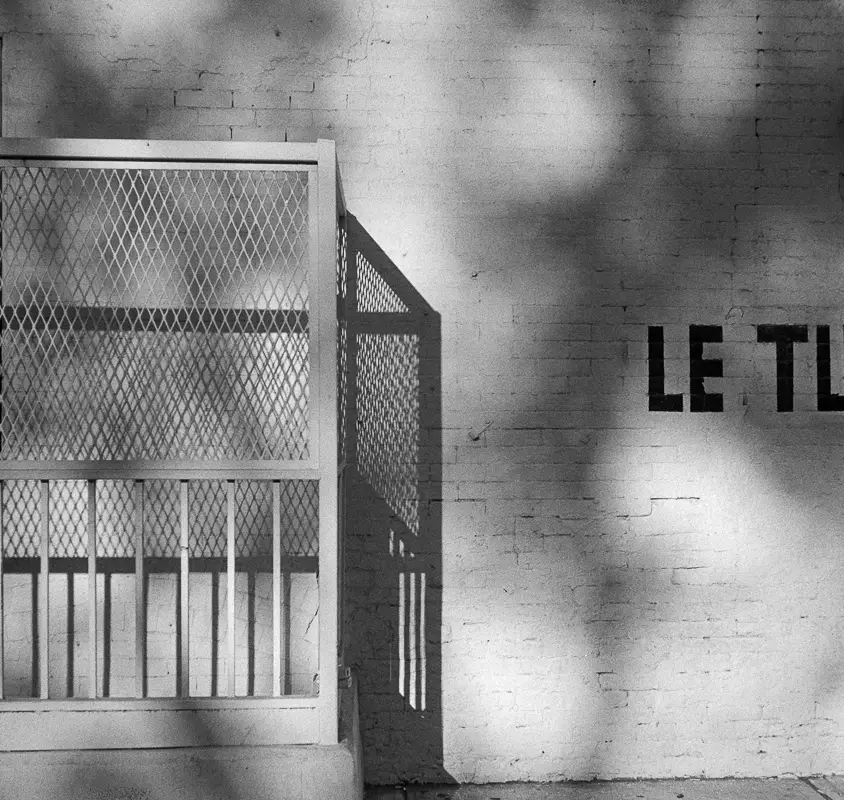
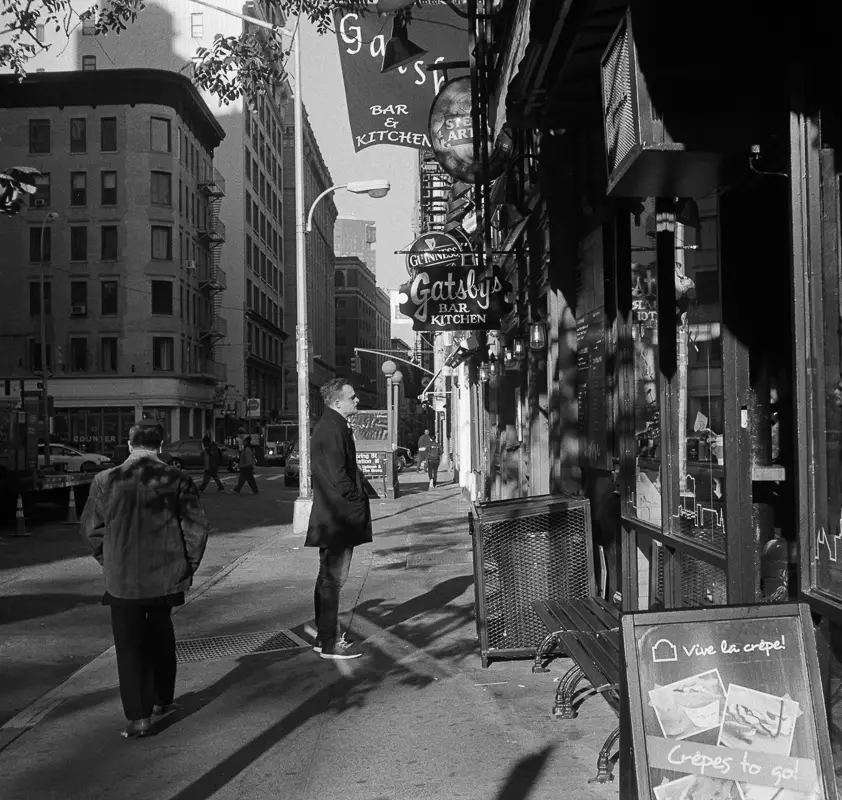
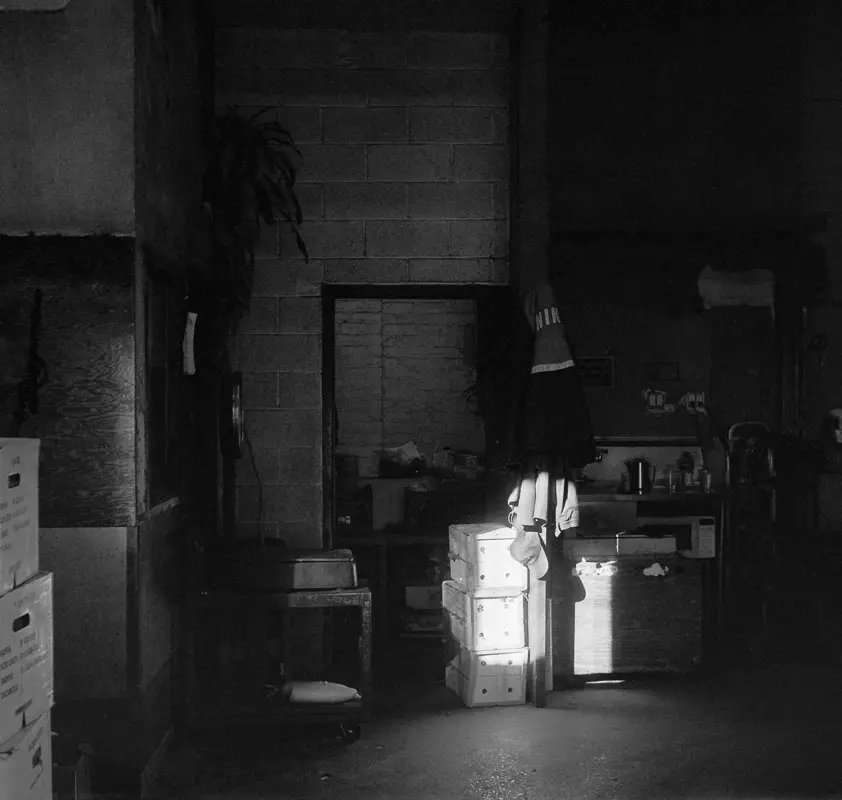
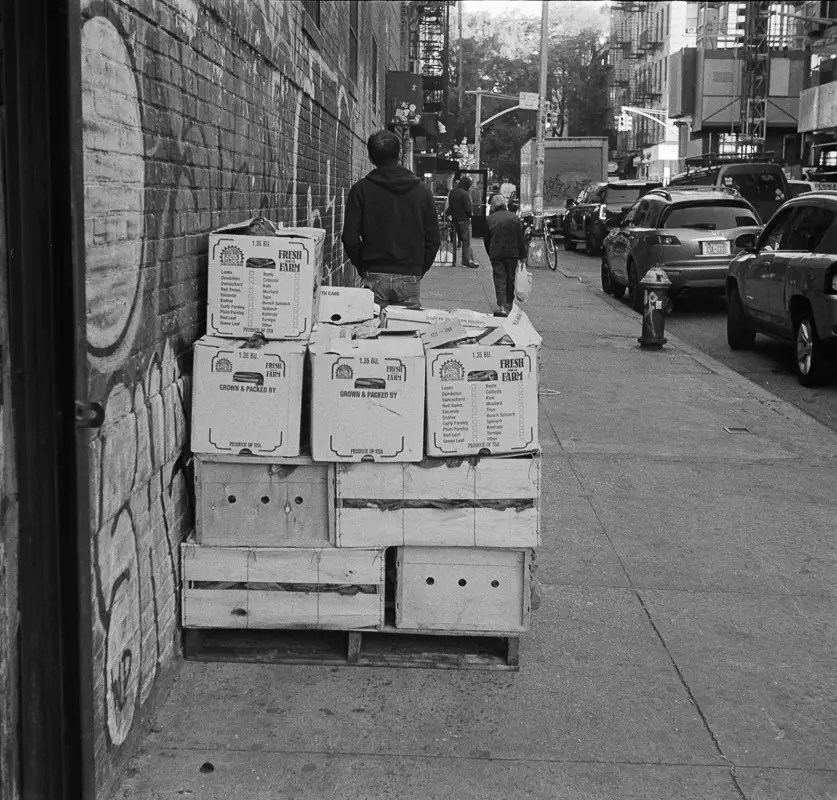
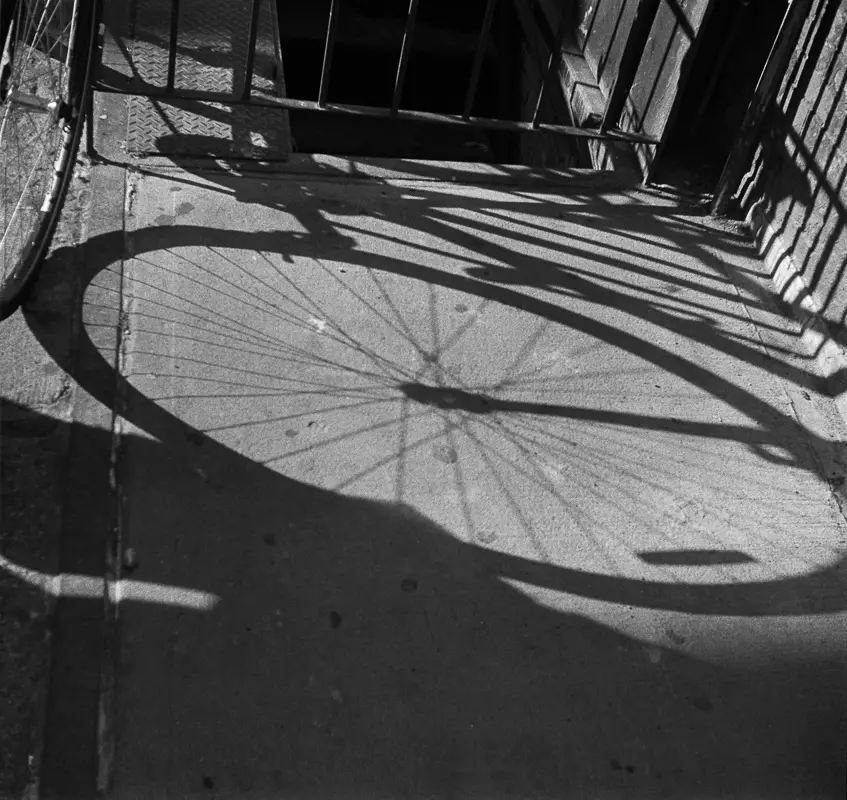
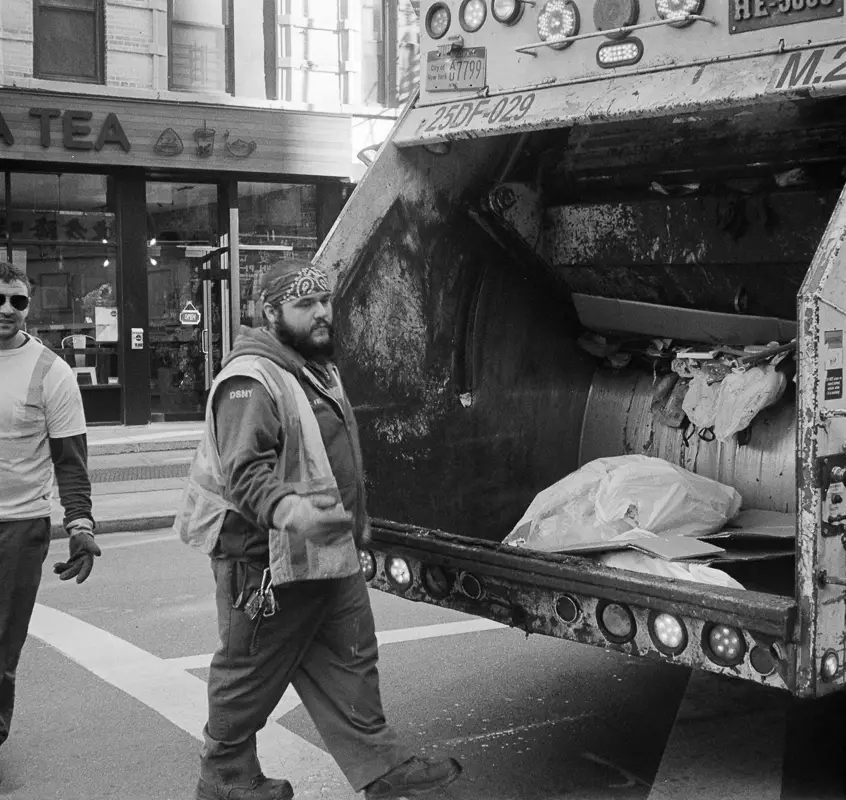
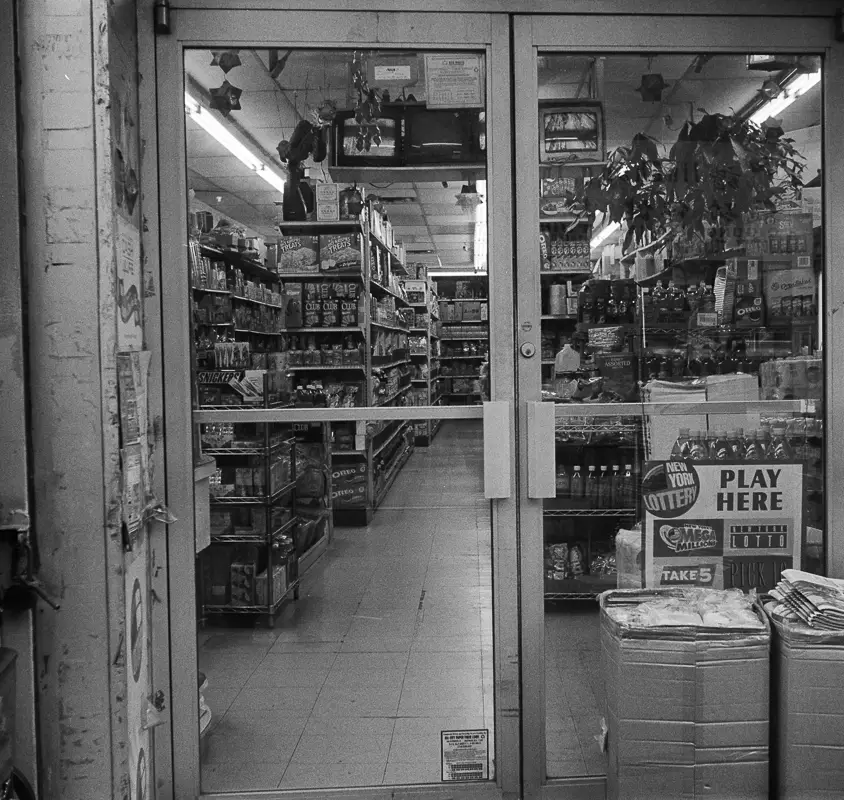
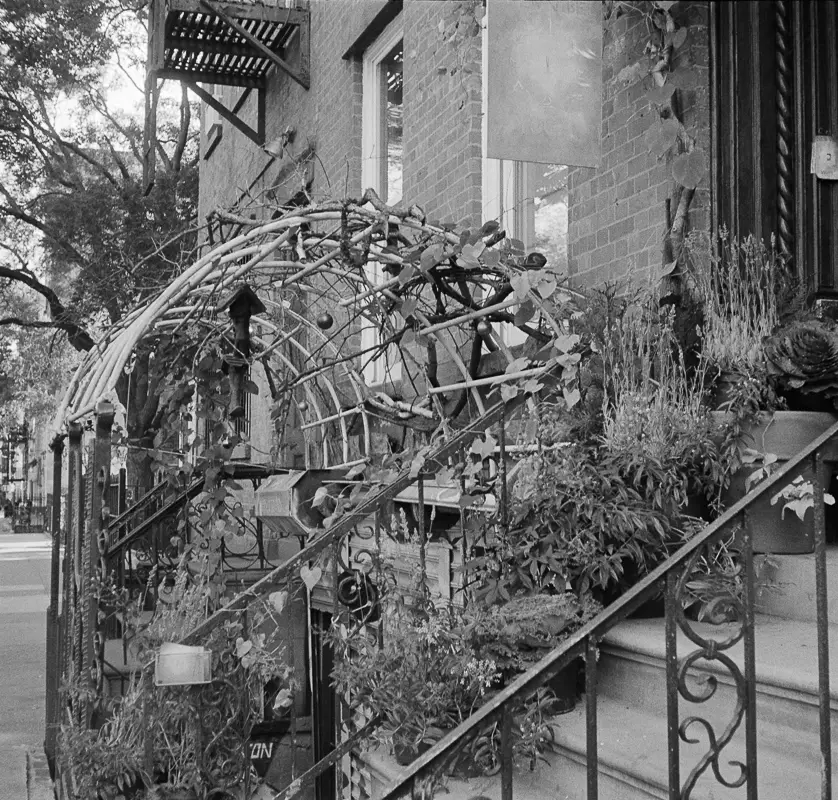
I’m quite happy with the quality of the images from the Tessar lens. To my eye they are sufficiently sharp and show a good tonal range. Ultimately though, my Taxona will always carry with it the heartwarming memory of the generosity shown by the kind German lady who went out of her way to procure this lovely little camera for me.
You can find more of my work on my website here
Thanks
Rajmohan Fotograf
Share this post:
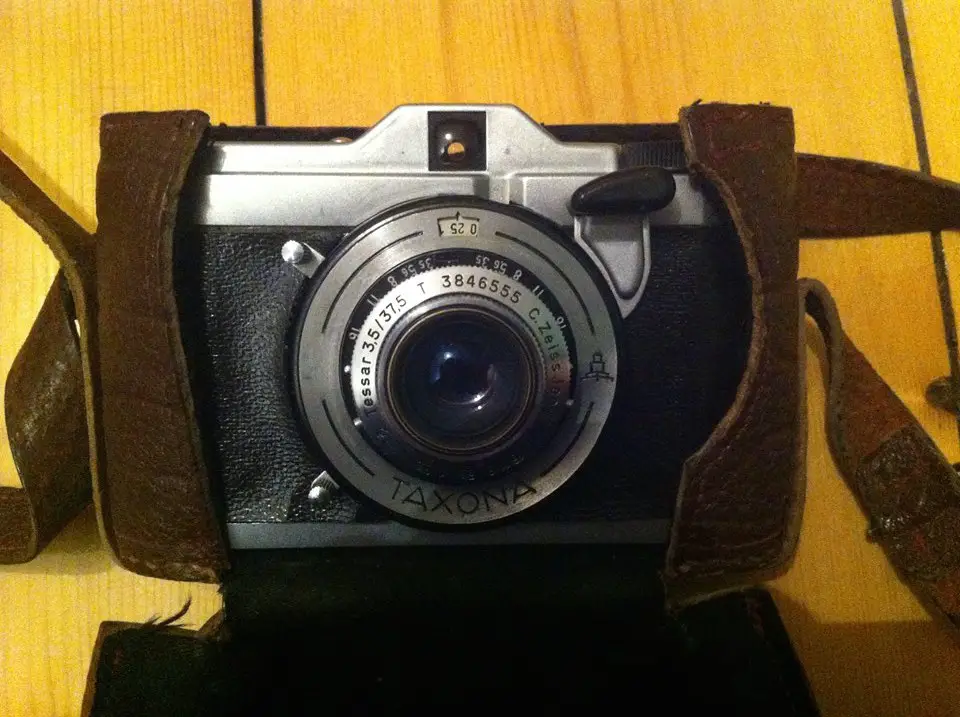








Comments
Hamish Gill on Zeiss Ikon Taxona Review – Shooting Square – by Rajmohan Fotograf
Comment posted: 26/11/2016
Did you have any issues with it jamming? I have had a few of these, and they all struggle with advancing the film...
I was told that modern films are too think and that I should try an older style film... I'm not sure how true that is?
rajmohan fotograf on Zeiss Ikon Taxona Review – Shooting Square – by Rajmohan Fotograf
Comment posted: 26/11/2016
Thanks for your comment! With the one roll I put through, there were no jams. The frame spacing was tight but even from the start to the end of the roll. I did notice that the film advance encountered increasing resistance as I continued to shoot - I don't know whether this is a result of the increasing diameter and weight of film on the take-up spool, or due to the thickness of modern films, or both of these factors. The film advance lever in my example also has a slightly lazy return to its resting position. It may need a little lubrication, but alas, I'm not mechanically au fait with the innards of this machine; rather than risk doing damage, I might put up with it until I encounter someone who is more gifted in this department :)
George Appletree on Zeiss Ikon Taxona Review – Shooting Square – by Rajmohan Fotograf
Comment posted: 26/11/2016
Twin reflex's are usually bulky.
There's a modern version of the classical Rolleiflex... lovely.
I was tempted once by the Mamiya 7. Sturdy but handy.
All well exposed, except perhaps that coffee store with boxes.
Good article
Comment posted: 26/11/2016
stefano on Zeiss Ikon Taxona Review – Shooting Square – by Rajmohan Fotograf
Comment posted: 26/11/2016
thanks!
Comment posted: 26/11/2016
Comment posted: 26/11/2016
Comment posted: 26/11/2016
JOHN LOCKWOOD on Zeiss Ikon Taxona Review – Shooting Square – by Rajmohan Fotograf
Comment posted: 26/11/2016
Comment posted: 26/11/2016
Comment posted: 26/11/2016
Jeffrey on Zeiss Ikon Taxona Review – Shooting Square – by Rajmohan Fotograf
Comment posted: 26/11/2016
Comment posted: 26/11/2016
Comment posted: 26/11/2016
Graeme Tregay on Zeiss Ikon Taxona Review – Shooting Square – by Rajmohan Fotograf
Comment posted: 20/01/2017
They all exhibit the same issue commented on above, progressive difficulty in winding on. I've had one CLAd and although the wind-on without film is now slick it becomes steadily worse with a film in. With a 36 exposure film it will tear the sprocket holes and the frames then overlap.
I'm not particularly mechanically minded but the problem seems to me a mismatch in the amount of film wound on by the sprockets and taken up by the spool. To test this I left as much slack as possible between the sprockets and take-up spool and so far (I'm on frame 30) it has been much improved. In all other respects I really like the camera so need to resolve this problem.
By the way, with black and white film I can't see any difference between the Novonar and Tessar lenses, they're both adequate.
Tadeusz Bodziony on Zeiss Ikon Taxona Review – Shooting Square – by Rajmohan Fotograf
Comment posted: 17/09/2017
There's also little wider version with Novar Anastigmat 35/3,5 lens which I haven't tried.
I'm writing this comment to tell those of you who have technical issues with this camera, that it is really easy to disassemble, understand mechanics and repair that camera, including the shutter. You need only a screwdriver, something to clean (isopropanol, ear buds), good light and little patience. First one I've bought didn't work at all. Shutter blades were stuck, winding mechanism was very very tight, shutter din't work at any setting, and glass had fungus inside. I've menaged to repair it all without any special preperations, took me about 3-4 hours.
Try it yourself! You'll see how simple and yet genius it is inside :)
And talking about winding mechanism stiffnes. First thing - remember not to touch the rewinding wheel while you wind next frame, and it's easy to block it with finger since it's large and goes to the border of the top plate. Second - It has to be loose, without film inside it has to behave like a little spinner. If it's not, then you should clean it. Nothing complicated here. Open the back of camera, block the "fork" and unscrew the wheel with the only screw it has, take it out, clean the roller, clean the "tunnel" inside with an ear-bud and alcohol or windex, do not lubricate it, it's better when it's dry, and put it back together, just don't screw on tight, it has to be little lose and spin by itself. And It's done, no more film tearing. But since you are here I'd suggest to go little further, and unscrew top plate and clean/replace old grease on those few gears. To completely resolve the winding stiffnes problem for years, you have to take off front leatherette, just enough to reveal the screws, unscrew them and you will see where the problem is :) The winding lever is part of a ring which goes around lens, and the grease which long time ago helped that ring to travel around, now became hard and sticky something. I don't remember how it looks inside, but it is nothing complicated, very simple. I guess maybe another few screws, some ring holding that ring, maybe some pads, and a spring. Don't remember exactly. If you'll menage to disassemble, clean and grease it, it'll work smooth for years.
Ok, I'm sorry for my little longish post, and my poor english, but maybe someone will decide to give his Taxona a new life :) It is a lovely (very)little shooter, and it's nice feeling to use something that somebody have build to last so many years, and you make that life even longer wtih your own hands :D
Cheers, Ted
Comment posted: 17/09/2017
Paweł on Zeiss Ikon Taxona Review – Shooting Square – by Rajmohan Fotograf
Comment posted: 23/01/2019
John Furlong on Zeiss Ikon Taxona Review – Shooting Square – by Rajmohan Fotograf
Comment posted: 22/02/2019
If you haven't got an exposure meter then there's always the 'F/16 sunny day' rule which will be helpful - a Google search will provide lots help.
If your architectural subject is in bright sunlight, then it should be possible to hand-hold the Taxona at 1/50sec, but if it's overcast and cloudy weather or you're using the camera indoors then a tripod becomes necessary. You may need to get an adapter for the Taxona as it probably has the older 'large' tripod fitting. For slow shutter speeds or the 'B' (bulb) setting then a shutter release cable is needed. Unfortunately, it looks as though the Taxona doesn't have the ability to take such an item. From what I've found on the web, it seems that Zeiss made an adapter to allow the use of a shutter release cable, but I suspect these may be hard to find ! I have the TENAX which has got a shutter release cable fitting that's very cunningly built-in to the flash sync. socket !
If you have a steady hand then it's possible to use the slow shutter speeds if you hold the camera on a flat and stable surface (vertical or horizontal depending on how you're composing the shot) and then VERY CAREFULLY pressing the shutter button.
Good luck !
John F.